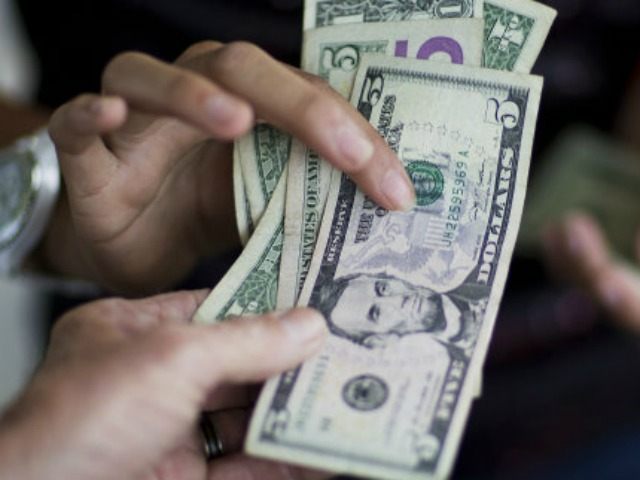The new year ushers in a host of new state laws around the country. While some of these changes can be significant for some people, most of the changes are narrow in impact.
More than a dozen states and a handful of localities, though, are hiking their minimum wages.
Few people earn the minimum wage, of course, but its impact is felt in parts of the economy, retail and food service, that Americans utilize every day. In some areas, years of labor union agitation have successfully raised the wage floor to a level that will dramatically affect Americans’ every day activities.
The current federal minimum wage is $7.25 an hour. Twelve states increased their minimum wages last year, with most hikes taking effect on January 1. Eleven states have minimum wages that are indexed to inflation, potentially mandating annual increases. Only three of these states (Colorado, South Dakota and Nevada) authorized increases for 2016.
More than half the states (29) and the District of Columbia currently have minimum wages higher than the federal mandated level. The highest state-level wage mandates are in Massachusetts, $10 an hour, and D.C., $10.50 an hour.
Restaurants in New York City are already planning to increase their menu prices by 10 percent in the new year to accommodate the higher wage mandate. Some restaurants in the city are also bowing to a union campaign to eliminate tipping altogether, and will boost prices by up to 30 percent to equally redistribute pay among waiters and waitresses.
New York’s minimum wage rises to $9 an hour this week for most workers, $1.75 higher than the federal minimum. “Fast food” restaurants, however, will see their minimum wage rise to $9.75 an hour. In New York City, “fast food” workers will see wages rise to $10.50 this year. Over the next five years, the state will mandate increases in the minimum wage for “fast food” workers across the state to $15 an hour.
Seattle and San Francisco currently have the highest minimum wages, each pegging the wage floor at $13 an hour.
Setting higher minimum wages for “fast food” workers is the first time government has mandated higher wages for a particular type of business. It is obviously gratuitous and possibly unconstitutional. It doesn’t even apply to an economic sector, like food service, but individual companies within that sector.
In taking this action, governments have explicitly aligned themselves with labor unions, who have long targeted major companies like McDonalds for unionization. Union collective bargaining agreements generally are exempt from government mandated wages and work rules. If government mandated wages and rules get too expensive, a company could conceivably lower its costs by agreeing to a union contract.
While this battle plays out behind the scenes, American consumers are left picking up the tab of higher wages. The higher wages lifted this week obviously will lead to lower employment. There won’t be mass layoffs that would garner media attention, but reduced hours, greater automation and less expansion. Jobs not created don’t garner many headlines.
Small prices increases across the spectrum also don’t get a lot of media buzz, but will ultimately have an impact on consumers’ wallets. The economy has technically been in a recovery for the past six and a half years. Economic growth, however, never reached much more than 2 percent a year however.
At that anemic pace, even marginal changes like higher mandated minimum wages can have a big impact. So, the year begins with yet another headwind for the economy.

COMMENTS
Please let us know if you're having issues with commenting.